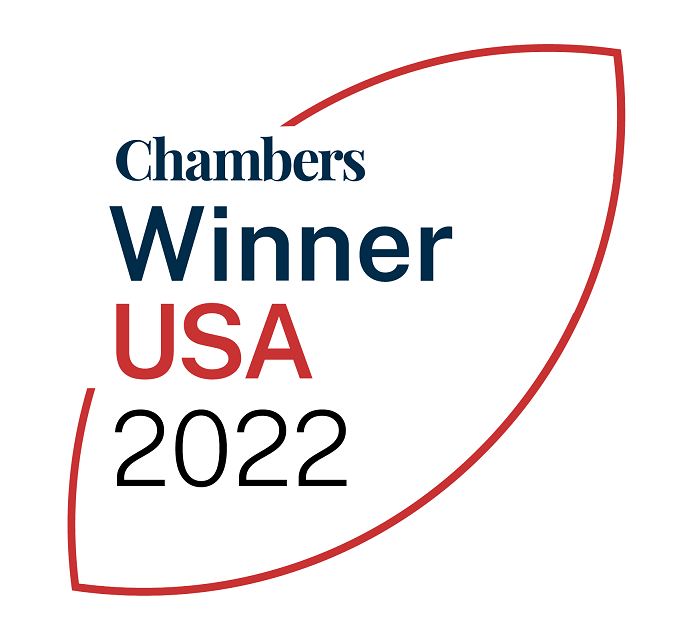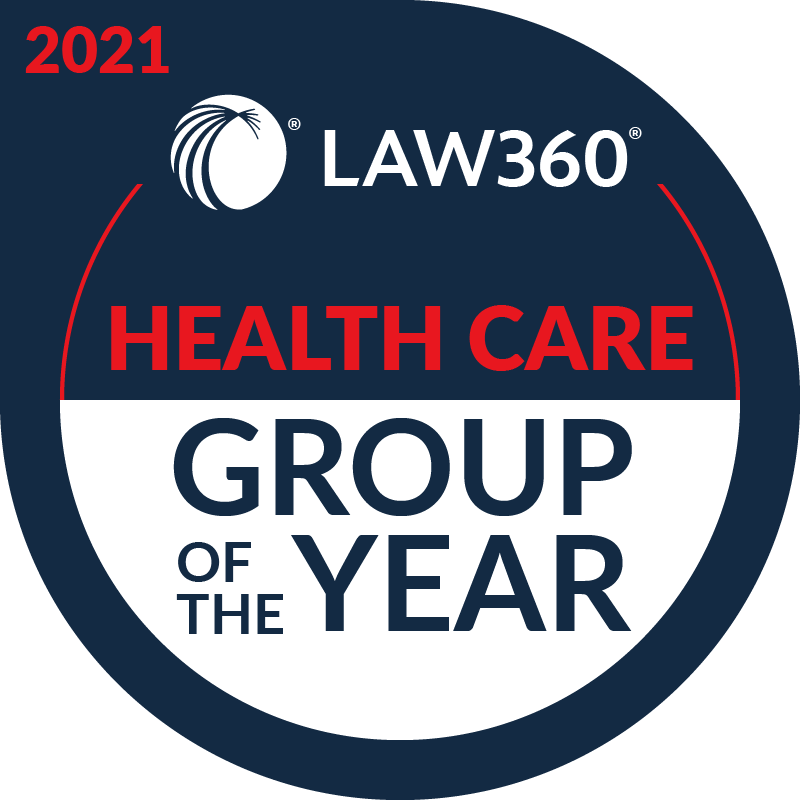With equal parts hope and optimism, we look ahead to an eventful New Year. This is particularly true for the physician practice management (PPM) industry: we reflect on the progress of the past while looking forward to the opportunities today’s growing and increasingly complex landscape provides. We believe the trends we’ve seen shape the industry will continue to be influential, including:
The growing involvement of private equity investors
Last year, we hosted the 2018 Health Care Services Private Equity Symposium, where we discussed how various business and legal opinions have an impact of private equity in the PPM industry. Watch this space, as they say, in 2019. PPMs continue to garner an emerging interest from investors, who are noting their benefits for assisting physicians in an increasingly complex reimbursement and regulatory environment.
An increased focus on specialties entering the PPM fray
In the late 90s, we saw a fast, chaotic rollout of PPMs in the health care industry. Now, the reintroduction of PPMs has been more deliberate and evenly paced, allowing for stronger, strategic alignment with physicians and the ability to truly deliver on the value proposition PPMs provide. As such, more specialty practices are coming into the mix, including ophthalmology, gastrointestinal, women’s care/OBGYN, orthopedics and urology. Still, the rising trend of consolidating physician practices and the federal oversight that accompanies this undoubtedly will have an impact on the ultimate success of PPM companies.
Compliance continues to be key
As PPMs grow, the need to adhere to compliance programs is critical. As the health care regulatory landscapes continues to become more complex, appropriately evaluating risks can be even more challenging. Many PPMs can grow too quickly and risk being in violation of Stark Law, or other Federal or state laws. Having a clear, detailed compliance plan in place could save many legal headaches down the road.
More sophisticated staffing and increased transactional expertise
The industry will continue to see PPMs cultivating more sophisticated staff to ensure they have the resources in place for the best transaction results. Companies are also developing internal corporate development teams, an emerging trend for PPMs actively looking for transactions and a good indication of where the industry is going from a directional development perspective.
More and different transaction alternatives
Expect to see a new level of transaction alternatives as PPMs continue to prioritize increasing their value pre-sale. It used to be that practices considering transactions had two options: either do it or don’t do it. However, the emergence of a new “sub-industry” of consulting firms dedicated to advising practices on how to be best positioned for a sale, will continue to shift the balance of power in practices’ favor when it comes to transaction options.
Growing turmoil between physician practices and PPMs
We previously mentioned that one of the biggest issues in the late ‘90s was the “us versus them” mentality that existed between physicians and physician practice management companies, both in terms of how deals were structured and the economics of the deal itself. It’s important to learn from this dynamic as PPMs continue to evolve. PPMs that simply aggregate physician earnings and are not delivering value to bend the cost curve will be in dire straits. To avoid this tension and truly be successful, PPMs must approach deals with solid, strategic plans that show their value-add to physicians. They also must truly integrate acquired practices into the PPM company, and not have a loose arrangement in which the practice maintains its independence.
Emphasis on improving profitability and operations
As we touched upon above, a strong component of proving a PPM’s value to physicians will be to bend the cost curve. With the industry maturing, PPMs that merely stack EBITDA will eventually run into significant problems. The PPMs that will truly thrive are those that improve profitability and operations, such as truly accomplishing “income repair” and guide integration of practices. The more PPMs can do to help improve these areas, the better.
Ultimately, it will be interesting to watch the PPM landscape in 2019. While challenges certainly remain, the industry can expect to see more continuity, increased consolidation, and a heightened focus on transaction optimization coming down the pike in the coming year.
At the 2019 Physician Practice Management & ASC Symposium, taking place in Nashville, TN, on May 7–8, McDermott, Will & Emery will convene PPM and ASC leaders from around the country to address the changing environments and strategic and legal imperatives for growth and investment success in 2019. Below is more information about the event.
2019 Physician Practice Management & ASC Symposium
May 7-8, 2019
Nashville, TN
To stay up to speed on all of the regulatory challenges and growth opportunities in the PPM space, as well as the health and life sciences industries overall, bookmark our “Health & Life Sciences News” blog and connect with us on LinkedIn.






